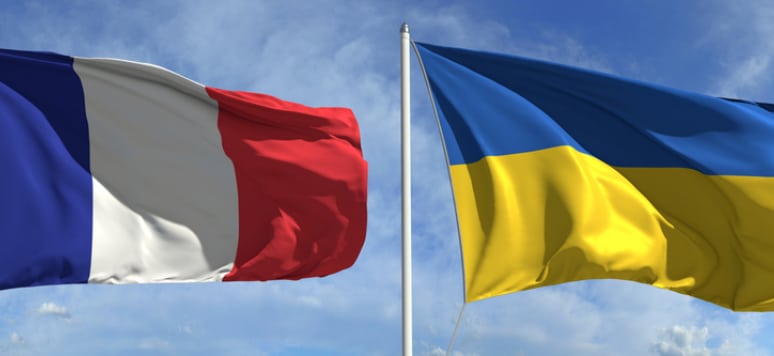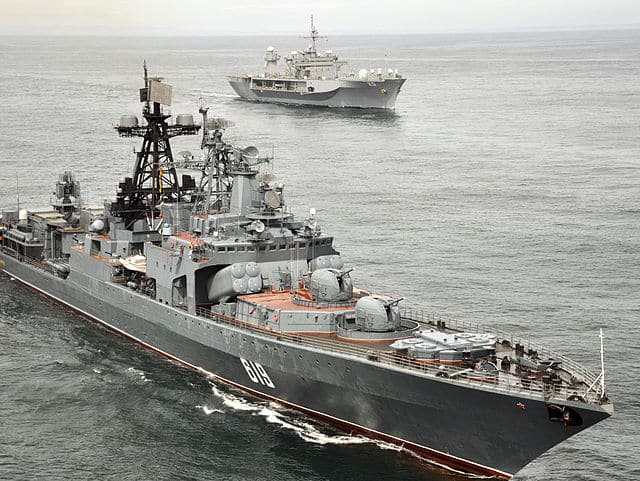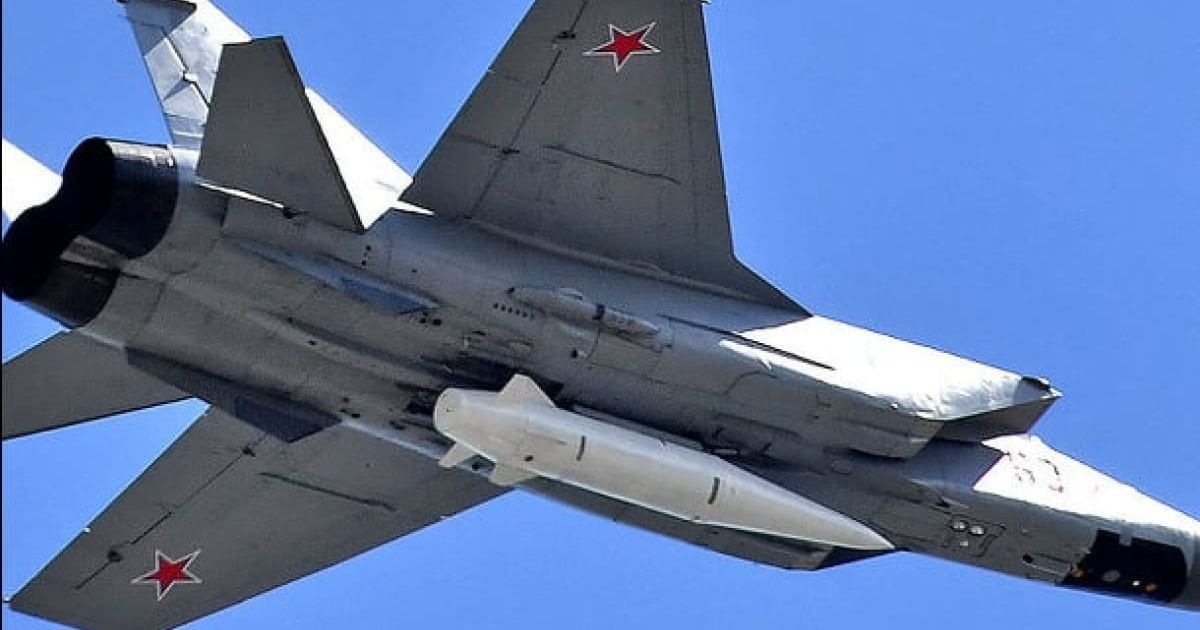Russian Aerospace Forces intend to create an elite strike aviation group called «Storm» to solve tasks of special importance
The Russian Federation has already started talking about the creation of a “special elite aviation unit” called “Storm”, intended for solving tasks of special importance. In terms of size, the new aviation group will be comparable to an aviation regiment and will consist of three squadrons: Su-34, Su-24, and attack helicopters. It is noted that it will be staffed with the best volunteer pilots, including current service members and veterans.
“The decision to create Storm was dictated by an increase in the number of tasks for the bomber aviation within the framework of the “special military operation”. In view of technological progress and active production of modern ammunition, it was necessary to create an aviation group capable of using them most effectively,” Russian media report.
And evidently, considering its composition, the main emphasis will be placed on the mass use of guided aircraft bombs — managed with planning and correction module, as well as other guided weaponry, including the valuable Grom-E1 or UPAB-1500V.
See also: Hacking the Lancet. Ways to defend against a Russian drone
Like everything with the epithets “elite” and “special,” the aviation group will most likely have a special chain of command, where not only higher aviation commanders but also the higher leadership of the General Staff and the Ministry of Defense of the Russian Federation will be involved in the management and task assignment. This underscores the particular significance of the Storm aviation group for the Kremlin and the high expectations they have placed upon it.
From Defense Express’s perspective, the formation of such an aviation unit in Russia signifies that the “Storm” equipment is unlikely to have technical issues because it will be carried out under the control of the highest authorities. It is expected that Russia will be able to provide the aviation group with 12 Su-34 aircraft, 12 Su-24M aircraft, and 16 helicopters (possibly Mi-28 and Ka-52, Mi-24P, and Mi-35M).
However, when it comes to finding 80 ace pilots, particularly volunteers, even in Russia, they understand that it will be problematic. That’s why they immediately mention their hope to bring back veteran pilots into active service (presumably flying outdated Su-24M and Mi-24P aircraft), as the number of experienced pilots available for combat missions continues to decrease with each sortie.
Especially after the incident on May 13th, where an aviation group consisting of two or three helicopters and two Su-34 and Su-35 aircraft was destroyed over the Bryansk region. Moreover, all pilots were lost in the incident, so it will be quite challenging to find volunteers.
Especially considering that the reasons behind such losses in a very short period of time have not been announced. And such an aviation group, equipped with powerful electronic warfare assets in the form of Mi-8MTPR-1 helicopters and with its own Su-35 fighter providing cover, which had not even approached the border with Ukraine, was considered invulnerable in general.
And finally, the fact that the task assignment for the Storm aviation group will also be carried out by the higher leadership of the Russian General Staff and the Ministry of Defense, which is effectively controlled by the Supreme Commander-in-Chief (i.e., Putin), indicates that the bombing targets in Ukraine will predominantly be civilian objects, as it was before. However, the situation where an aviation regiment is being personally commanded by the leader of Russian troops, or at the very least, by Sergei Shoigu, is quite intriguing.
In conclusion, it can be noted that the Storm aviation group will certainly pose a threat (considering the experienced pilots and assault crews involved), but this threat will be limited by the shortage of pilots to carry out “tasks of special importance” (especially with the lack of willingness to fly outdated Su-24M and the Ka-52 helicopters, which have suffered three times more losses than the Mi-28N). The subordination of the Storm aviation group to both the Air Force headquarters and the General Staff of the Ministry of Defense will likely create significant management problems.
Originally posted on Defense Express. Translated and edited by the UaPosition – Ukrainian news and analytics website




